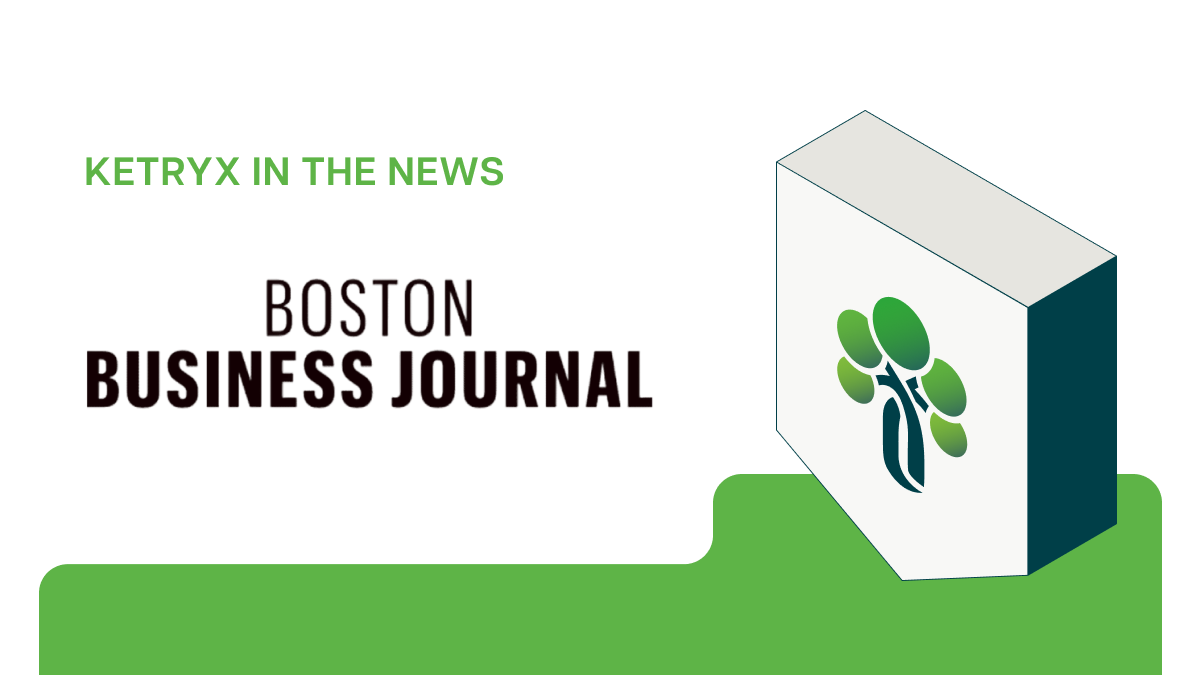
Creating FDA-compliant Medical Devices at Lightning Speed with ChatGPT and Ketryx
Table of Contents
Creating medical software is a challenging process, but recent advancements in software technology have made it more manageable. One platform that's changing how people design, develop and deploy medical software is Ketryx.
This winter, I interned at Ketryx, an MIT-backed tech startup located in Boston, and used the web-based platform to create FDA-compliant medical software without the need for additional specialized tools… and with very little training. With Ketryx, I created a mockup of my device, including its design controls, in just a few hours (alone!).
I'm going to walk you through the process of creating an insulin pump system within Ketryx, and I think you’ll be surprised by how easy the process is.
Step 1: Create the project and link it to your development tool
I downloaded the “Ketryx for Jira” app on the Atlassian Marketplace and created a project in Ketryx named "Insulin Pump.” As I created the project, I also selected the option to integrate with Jira, which is one of Ketryx’s key features.

Step 2: Link Ketryx to a GitHub repository
I linked the project to my GitHub repository. Ketryx uses the "requirements.txt" file in the repository to generate a software bill of materials in seconds and continuously scan for potential cybersecurity vulnerabilities. I also add my own security and reliability risk analysis at this point, which must be approved before moving forward.

Once my Ketryx organization was linked to a Jira instance, anything I did on Ketryx is reflected in Jira and vice versa. This connected pathway allowed me to create and manage requirements and hardware item specifications in Jira or Ketryx, and then validate them using both (or either!). This feature also applies to AWS, BitBucket, and other popular development tools.
Step 3: Create a requirement
When I was ready to create a requirement for the insulin pump, I went to my project in Jira and created a new requirement. And it got even easier–I used a language model like ChatGPT to fill out the requirement information. I started working by providing a prompt to ChatGPT, asking it to write a response following a specific architecture:

And then I asked ChatGPT for the specifics of the requirement, for which ChatGPT gave me a detailed and mostly accurate answer:

Step 4: Create hardware item specifications
Once we've created the requirement, I moved on to create hardware item specifications for each component of the insulin pump. I used ChatGPT again and a similar prompt for each component, starting with the microcontroller. I received a detailed description.

Step 5: Add risk and test protocols
Ketryx guided me through adding risks and test protocols for each hardware item specification, and for the software component of the microcontroller, I used a prompt for ChatGPT by which I obtained a list of risks ready to write in my Jira project from ChatGPT.

And that's it! I created a new Ketryx project, linked it to my repository, checked for vulnerabilities, and created my first FDA-compliant requirement with its corresponding hardware, risks, and test.
Creating medical device software, and the level of traceability, design control history, and documentation is a challenging and time-consuming task. Ketryx is a powerful and user-friendly platform that streamlines the process of creating FDA-compliant medical devices and software by creating a structured source of truth for your software development activities. With its integration with Jira and the ability to use a language model like ChatGPT for assistance, Ketryx allowed me to easily create a mockup of my device in just a few hours (and not months like I’ve heard other processes take!), while also ensuring compliance with industry regulations and standards.




